Steps for an Impressive Presentation – Preparation Phase

– Wayne Burgraff
During the last 12 months, I made around 42 presentations. Any professional will need to make presentation as part of his\ her work. Presentations are proven to be a very powerful communication tool. Many audience do not have time or capacity to read your ideas or your documents. However, one hour presentation can save them hours of reading.
In a previous post I discussed the top five presentation sins to be avoided.
In this post, I would like to discuss steps of achieving an impressive presentation (note that I am not saying just a good presentation). I split presentations into two major phases: preparation and execution phases. Preparation phase is the most important one. Without careful planning for this phase, most probably overall presentation will not be impressive even with excellent execution skills.
During Preparation Phase, you will need to follow below steps strictly:
1. Identify Messages: You need to set the messages of your presentation. A minimum of one message and a maximum of five messages need be set for any presentation. It is very important to differentiate between presentation messages and presentation agenda. Messages are what you want your audience to perceive by the end of the presentation. While agenda sets the navigation flow of the presentation. For example, you may send a message to your audience that you are the best one who can achieve specific job without mentioning it explicitly in your presentation or putting it at your agenda.
2. Know your Audience very well. There are four questions about presentation audience. First two of them are mandatory and the others are highly preferable to be answered.
Question 1: who is attending? You need to identify them by name,
Question 2: what is role for each one? this will help you selecting the language and relevant arguments,
Question 3: what is the knowledge level of each one? Either Technical or business knowledge,
Question 4: what is the attitude model of key roles? Are they aggressive, negative, supporter, mild, etc.?
3. Brainstorming for getting as much relevant ideas as you can do not worry about filtration and distillation now. I will not go into the details of how to brainstorm but I will jump to the end result of having a large set of ideas regardless of the quality of those ideas or their relevance to your messages.
4. Distill your ideas – filter ideas generated from above memory dump to select the most relevant ones that are suiting your messages and audience,
5- Select presentation flow model for your story. There are several presentation flows that suit different situation. It is very important to distinguish between each one and pick the most fitting flow for your presentation. In coming posts, I will try to focus on various flows and scenarios of presentations along each one use case,
6- Presentation rehearsal. This is one of the most overlooked steps. Rehearsal is very important regardless of your experience with presentations. Building the comfort with your presentation through rehearsal will create the fluency of execution. Moreover, duration of presentation is very important to be considered. Keep in mind that not everything is written on agenda and on presentation material.
In coming posts, I will elaborate on each point highlighting techniques and methods used in it.


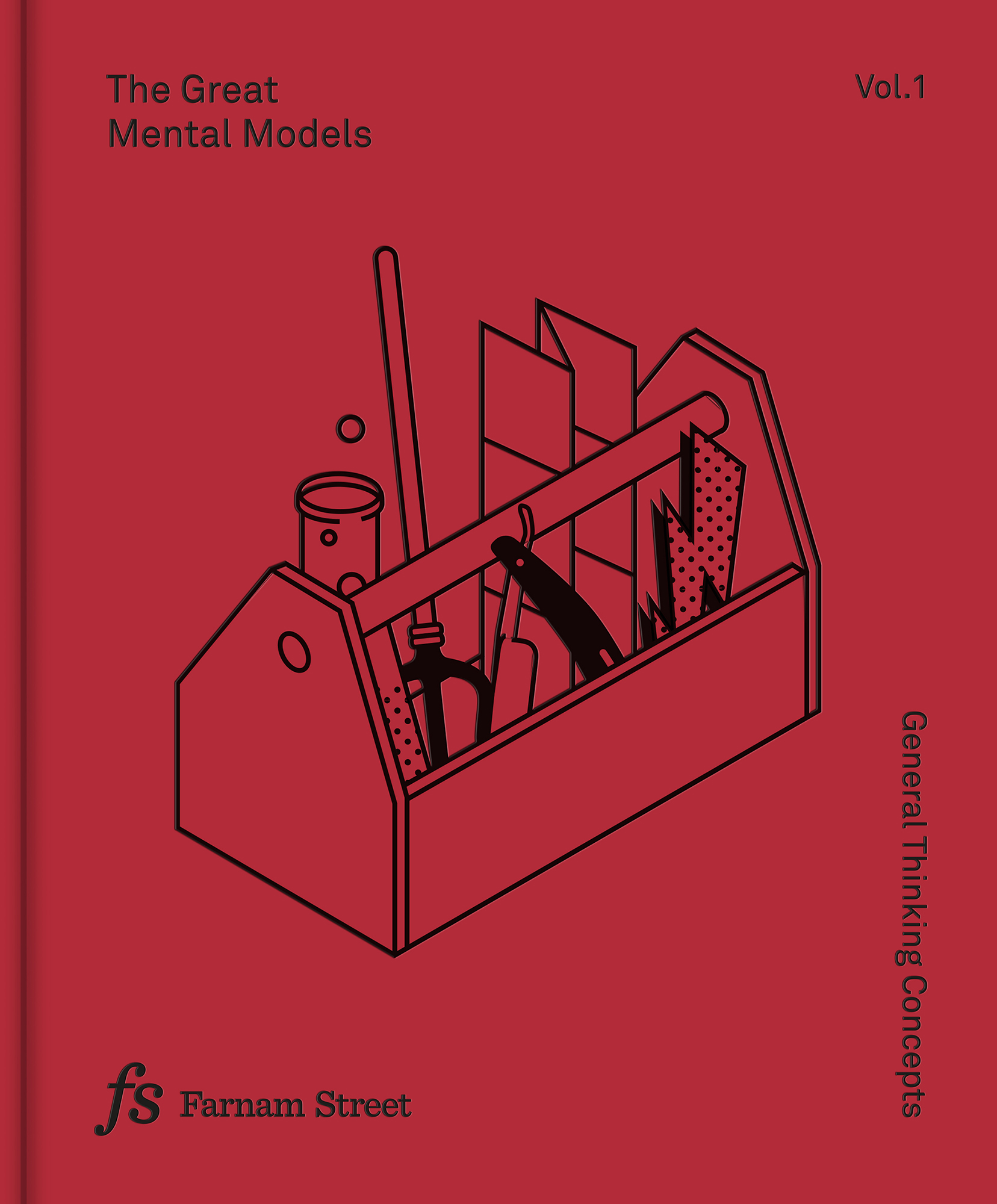

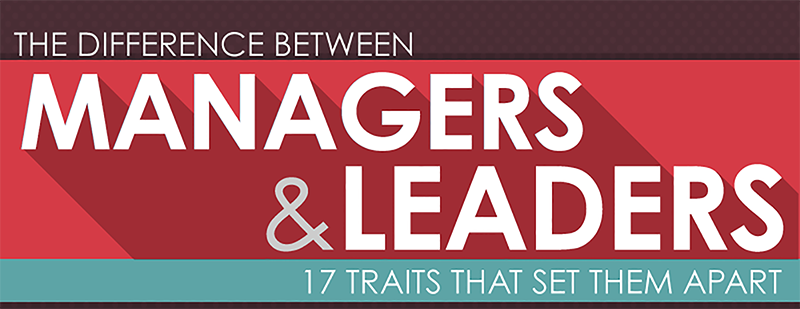



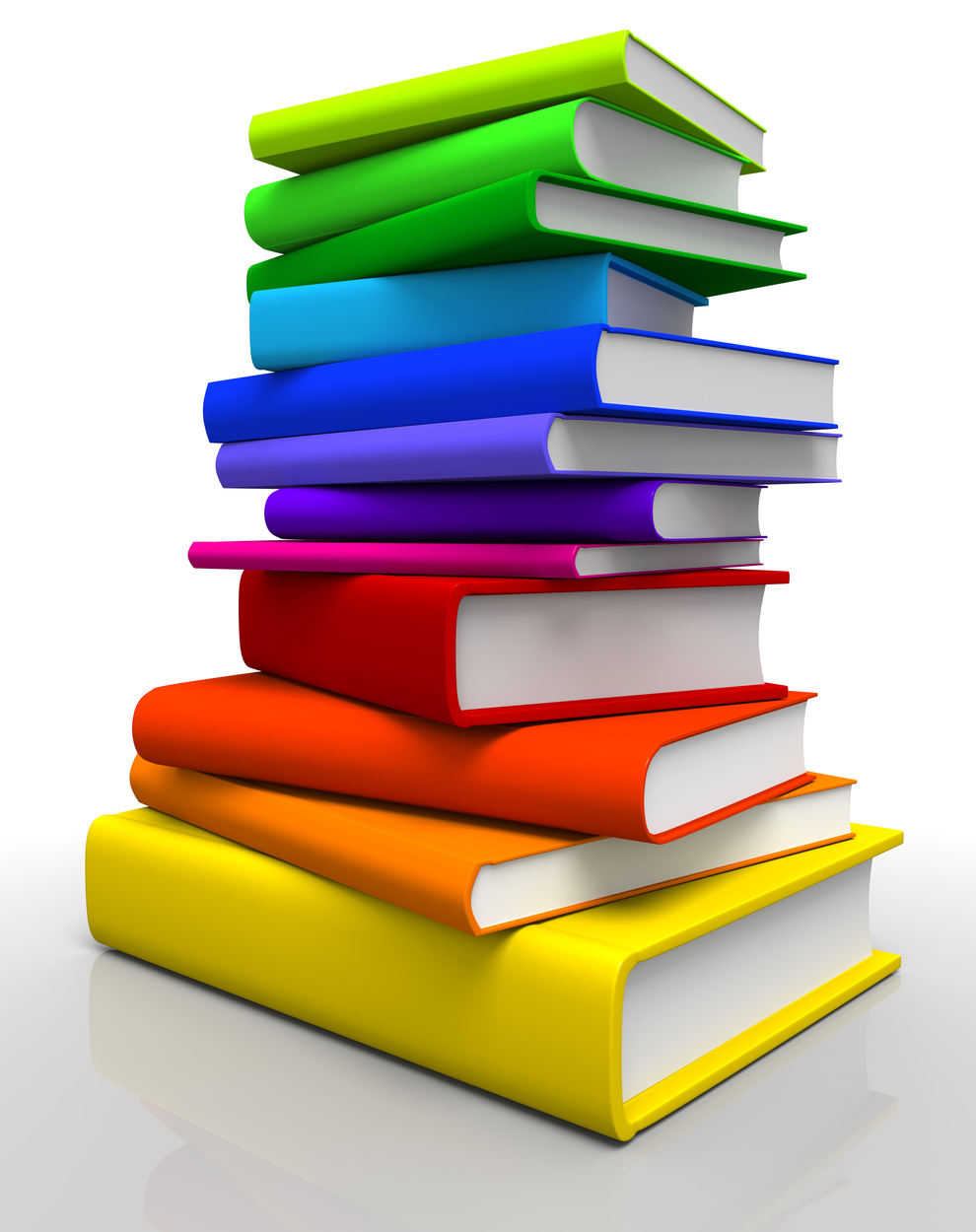
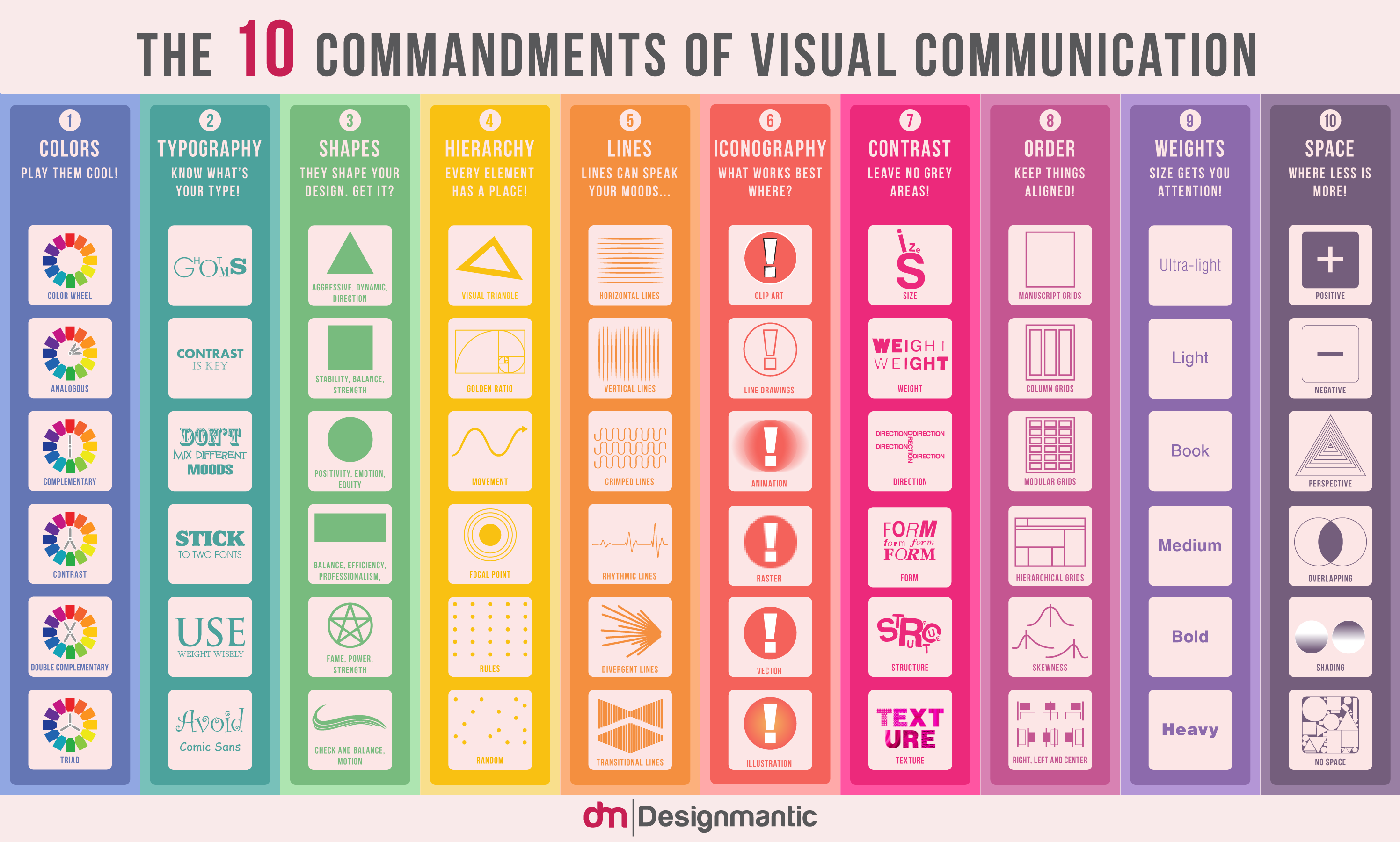
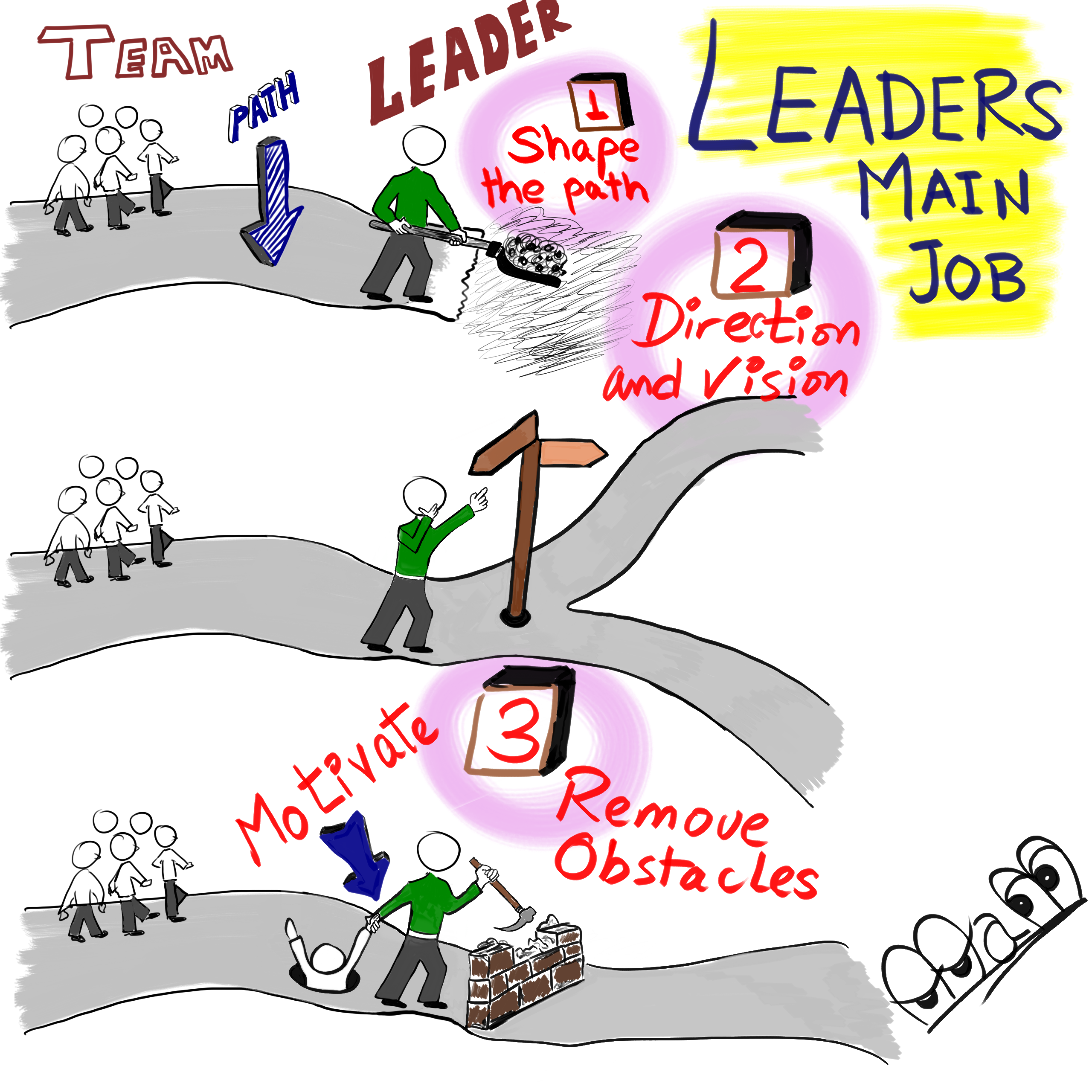
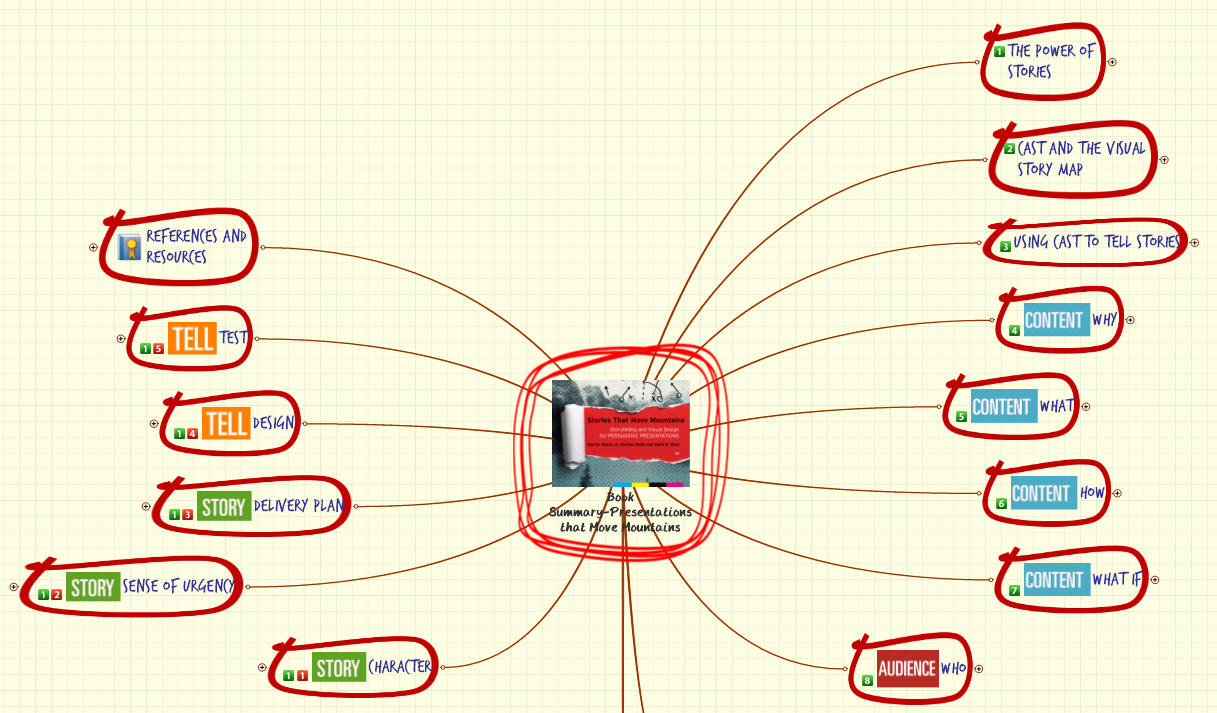
Leave a Reply